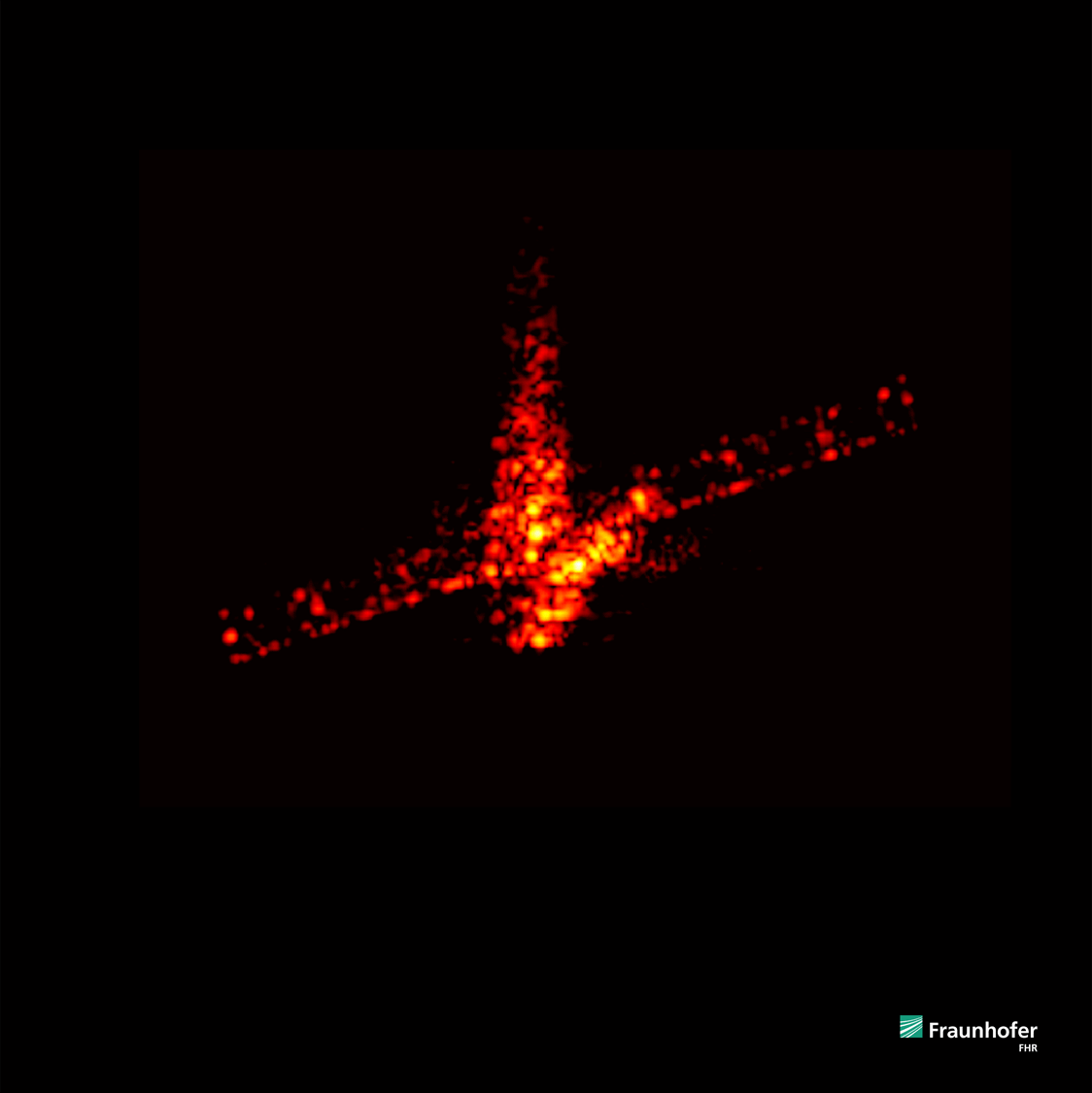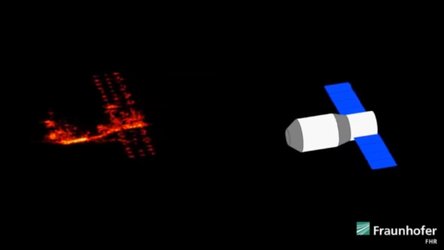Accept all cookies Accept only essential cookies See our Cookie Notice

About ESA
The European Space Agency (ESA) is Europe’s gateway to space. Its mission is to shape the development of Europe’s space capability and ensure that investment in space continues to deliver benefits to the citizens of Europe and the world.
Highlights
ESA - United space in Europe
This is ESA ESA facts Member States & Cooperating States Funding Director General Top management For Member State Delegations European vision European Space Policy ESA & EU Space Councils Responsibility & Sustainability Annual Report Calendar of meetings Corporate newsEstablishments & sites
ESA Headquarters ESA ESTEC ESA ESOC ESA ESRIN ESA EAC ESA ESAC Europe's Spaceport ESA ESEC ESA ECSAT Brussels Office Washington OfficeWorking with ESA
Business with ESA ESA Commercialisation Gateway Law at ESA Careers Cyber resilience at ESA IT at ESA Newsroom Partnerships Merchandising Licence Education Open Space Innovation Platform Integrity and Reporting Administrative Tribunal Health and SafetyMore about ESA
History ESA Historical Archives Exhibitions Publications Art & Culture ESA Merchandise Kids Diversity ESA Brand CentreLatest
Space in Member States
Find out more about space activities in our 23 Member States, and understand how ESA works together with their national agencies, institutions and organisations.
Science & Exploration
Exploring our Solar System and unlocking the secrets of the Universe
Go to topicAstronauts
Missions
Juice Euclid Webb Solar Orbiter BepiColombo Gaia ExoMars Cheops Exoplanet missions More missionsActivities
International Space Station Orion service module Gateway Concordia Caves & Pangaea BenefitsLatest
Space Safety
Protecting life and infrastructure on Earth and in orbit
Go to topicAsteroids
Asteroids and Planetary Defence Asteroid danger explained Flyeye telescope: asteroid detection Hera mission: asteroid deflection Near-Earth Object Coordination CentreSpace junk
About space debris Space debris by the numbers Space Environment Report In space refuelling, refurbishing and removingSafety from space
Clean Space ecodesign Zero Debris Technologies Space for Earth Supporting Sustainable DevelopmentLatest
Applications
Using space to benefit citizens and meet future challenges on Earth
Go to topicObserving the Earth
Observing the Earth Future EO Copernicus Meteorology Space for our climate Satellite missionsCommercialisation
ESA Commercialisation Gateway Open Space Innovation Platform Business Incubation ESA Space SolutionsLatest
Enabling & Support
Making space accessible and developing the technologies for the future
Go to topicBuilding missions
Space Engineering and Technology Test centre Laboratories Concurrent Design Facility Preparing for the future Shaping the Future Discovery and Preparation Advanced Concepts TeamSpace transportation
Space Transportation Ariane Vega Space Rider Future space transportation Boost! Europe's Spaceport Launches from Europe's Spaceport from 2012Latest

TIRA space observation radar
Thank you for liking
You have already liked this page, you can only like it once!
The Tracking and Imaging Radar (TIRA) is operated by Germany's Fraunhofer Institute for High Frequency Physics and Radar Techniques, and is located at Wachtberg, Germany.
It is unique in Europe and holds several world records.
The system primarily serves as the central experimental facility for the development and investigation of radar techniques for the detection and reconnaissance of objects in space. TIRA also provides valuable support for space missions: space agencies from all over the world use the special capabilities of the Fraunhofer scientists and their system.
The radar is protected by a radome (white cover). The radome has a diameter of 47 meters and is therefore the largest of its kind worldwide. The building has an overall height of approximately 56 meters and can be seen as a white 'golf ball' from a great distance.
The radome accommodates an antenna with a diameter of 34 meters. It can be turned 360° in azimuth (horizontal) and 90° in elevation (vertical). The movable part weighs 240 tons and can be turned at a speed of 24° per second (in azimuth), i.e. a full rotation takes 15 seconds.
As the name implies, the TIRA system comprises a tracking radar and an imaging radar. The narrow-band, fully coherent, high power tracking radar has a transmission frequency in L-band (1,333 GHz) and the wide-band imaging radar has a transmission frequency in Ku-band (16.7 GHz) and is currently equipped with a high target resolution.
The space observation radar TIRA is a unique system that offers space agencies all over the world (outside the USA) the possibility to measure orbits with high precision or produce a high-resolution image of objects such as satellites. The system is therefore used to gain precise measurements of space debris, prevent evasive maneuvers for operative satellites or create an image of an object that has gone out of control. This includes technical faults or the uncontrolled re-entry of satellites into the Earth's atmosphere (see 'Space imaging radar to track ATV tonight').
In recent years, Fraunhofer researchers supported the scientific community with measurement data and images of the German X-ray satellite Rosat and the Russian space probe Phobos-Grunt as these reentered the atmosphere.
The radar data of space objects and internally developed techniques are used to determine characteristic features of the objects, e.g. orbital elements, intrinsic motion parameters, orbital lifetime, target shape and size, ballistic coefficient, mass and material properties.
More information via Fraunhofer FHR web.
-
CREDIT
Fraunhofer FHR -
LICENCE
ESA Standard Licence

ERS-2 buckles and bends during final farewell

Final images of Aeolus during its brief phase as spa…

Spotted in space

EISCAT Svalbard radar















 Germany
Germany
 Austria
Austria
 Belgium
Belgium
 Denmark
Denmark
 Spain
Spain
 Estonia
Estonia
 Finland
Finland
 France
France
 Greece
Greece
 Hungary
Hungary
 Ireland
Ireland
 Italy
Italy
 Luxembourg
Luxembourg
 Norway
Norway
 The Netherlands
The Netherlands
 Poland
Poland
 Portugal
Portugal
 Czechia
Czechia
 Romania
Romania
 United Kingdom
United Kingdom
 Slovenia
Slovenia
 Sweden
Sweden
 Switzerland
Switzerland

























